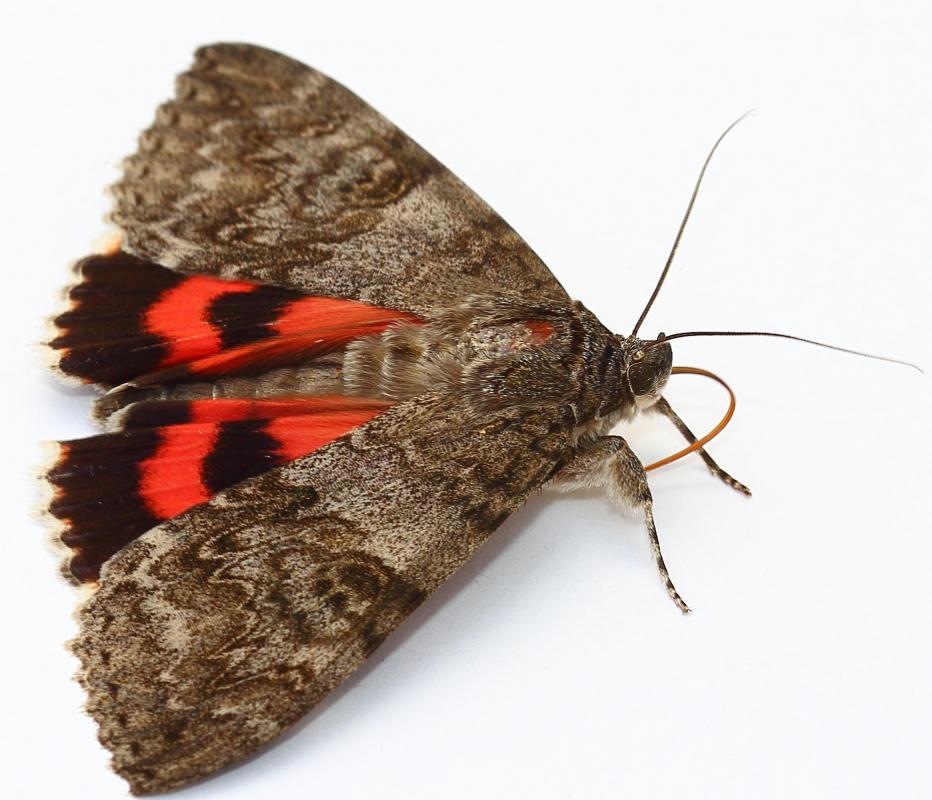At WiseGEEK, we're committed to delivering accurate, trustworthy information. Our expert-authored content is rigorously fact-checked and sourced from credible authorities. Discover how we uphold the highest standards in providing you with reliable knowledge.
How do I Choose the Best Pantry Moth Trap?
An infestation of pantry moths can wreak havoc on kitchen and home life. While identifying and eliminating the source of the infestation is essential to getting rid of the pests, it is not always enough. A pantry moth trap is often necessary to catch moths before they are able to reproduce and reestablish their residence in your cupboards. There are many types of pantry moth traps on the market. Choosing the best one is largely a matter of preference and intended proximity of the trap to food.
The most important thing to discern before purchasing a pantry moth trap is whether your moths are, in fact, pantry moths. There are several varieties of moths that commonly make their home in yours. Wool-eating moths, for example, are distinct from pantry moths, and will not respond to pantry moth traps. Similarly, pantry moths will not be lured or deterred by the same things that wool-eating moths will.

Most pantry moths are of the Indian meal moth variety. Indian meal moths are also commonly referred to as kitchen moths, flour moths, or grain moths because of their tendency to breed in dried foods and grains. Generally speaking, an Indian meal moth trap, a flour moth trap, a kitchen moth trap, and a grain moth trap are all synonymous with a pantry moth trap.
The vast majority of pantry moth traps are pheromone-based, which means that they depend on scent to lure the moths to their deaths. Moth pheromones are typically not detectable by the human nose, and the traps rarely have any noticeable smell. The pheromones typically only attract male moths, but with the males out of the picture, moth reproduction slowly but steadily dwindles.
A pantry moth trap typically involves the placement of a small pheromone strip or swatch on a sticky, tape-like surface. Moths that fly to the strip will get stuck to the tape and, unable to move, will ultimately die. Popular alternatives include pheromone liquid, where moths will fly and drown, or chemically-treated pheromone strips, which will kill most moths on contact. Although pheromone-free alternatives like chemical sprays and electric shock-generating traps are available, pheromone lures are generally regarded as the most effective and economical way to trap and kill pantry moths.
Part of the process of finding the best pantry moth trap involves where the trap will be placed. Placing a trap near to the heart of the problem is usually most effective, but it is important to exercise caution when placing chemicals or open liquids near food. Pantry moth infestations are typically headquartered in dry foods such as rice, cereal, nuts, and pet food. In most cases, the infestation is localized, but not isolated: while one bag of rice may be the main nest, for instance, nearby dried goods have also likely been affected. Once hatched and grown, moths often lay eggs and build new nests in other open food, wall cracks, and even hinges of cupboard doors.
Depending on the extent of the infestation, moth traps can be placed at intervals around the house, not just in the kitchen. It is usually recommended that traps be some distance apart from each other, so as not to confuse moths looking to follow the scent. The longevity of trap effectiveness varies from trap to trap, but most of the time a pantry moth trap will actively catch moths for several months or more. Traps should be monitored regularly, and replaced when expired or full.
AS FEATURED ON:
AS FEATURED ON:











Discuss this Article
Post your comments